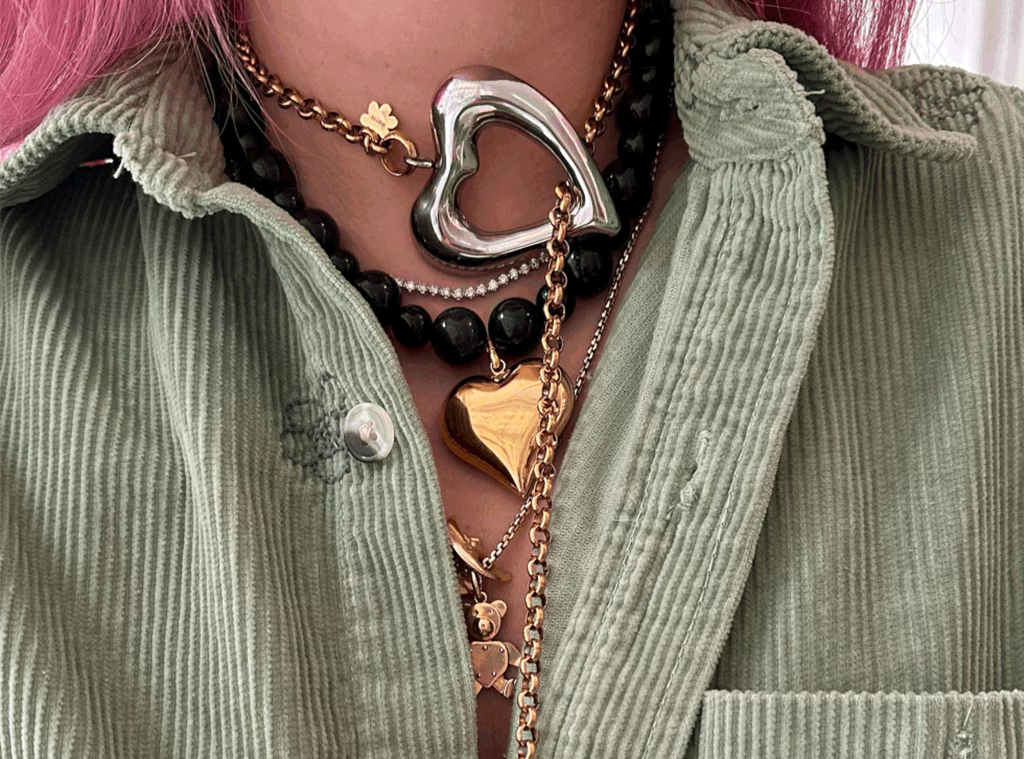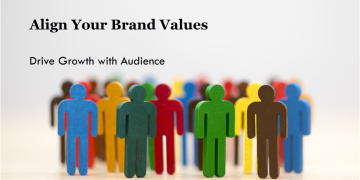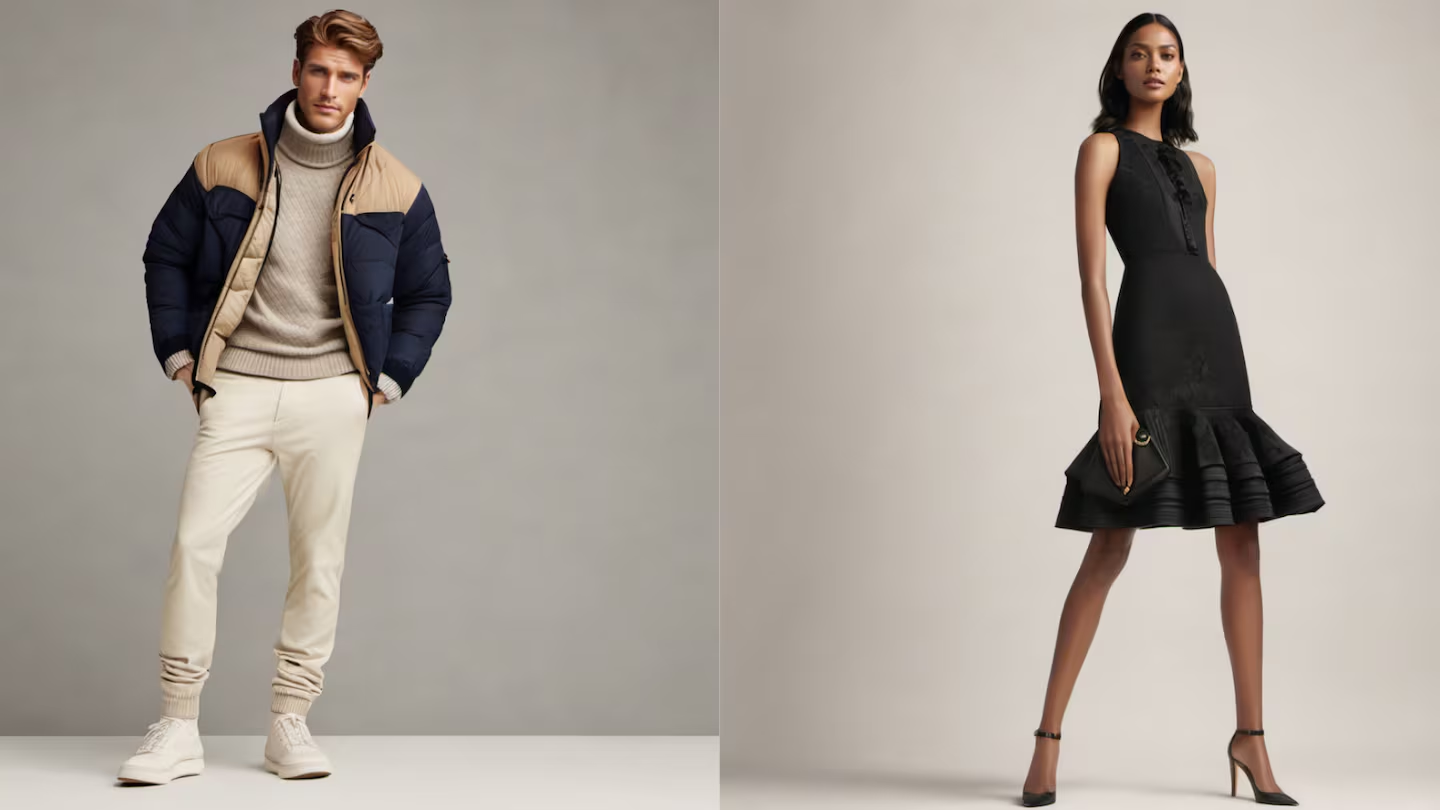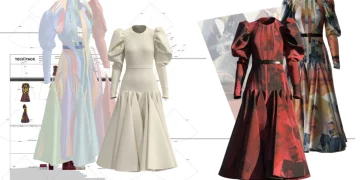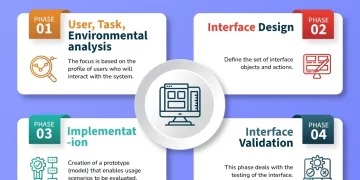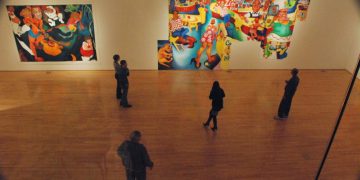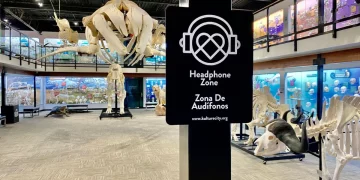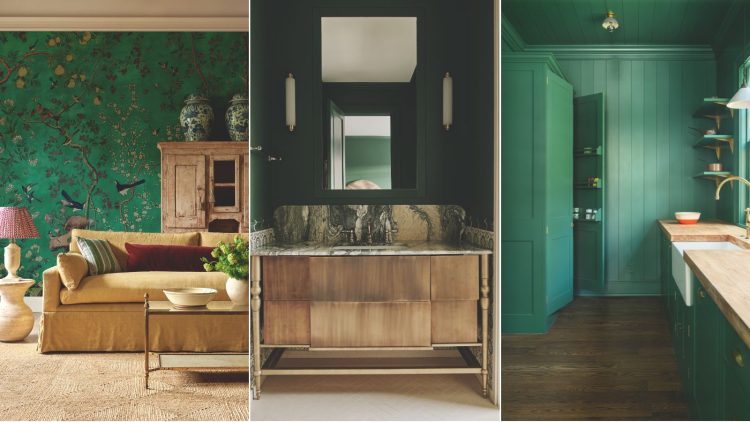The Color of the Year is a highly anticipated announcement in the world of design, fashion, and consumer trends. Each year, Pantone, the global authority on color standards, selects a color that encapsulates the spirit of the times—reflecting societal moods, technological advancements, environmental shifts, and even political climates. For 2025, the color chosen is green. But why green? And why now?
The Significance of Green
Green has always carried a deep symbolism, representing balance, nature, renewal, and growth. It’s a color that instantly evokes feelings of calm, vitality, and health. From the rich greens of forests to the vibrant shades of springtime leaves, green is a constant in the natural world. But its symbolism has evolved in recent years, taking on new layers of meaning that are particularly relevant today.
Green and Sustainability
The environmental crisis has become one of the most pressing global issues of our time. Climate change, deforestation, pollution, and biodiversity loss are topics that dominate conversations across industries. As society grapples with these challenges, green has emerged as a symbol of sustainability, environmental awareness, and the need for eco-friendly solutions. Companies, governments, and individuals alike are investing more in green technologies, renewable energy sources, and sustainable practices. This shift has brought the color green to the forefront, not just in nature but in design, architecture, fashion, and even technology.
In 2025, green’s association with sustainability is even more pronounced. The push for net-zero emissions, a transition to greener urban landscapes, and the importance of conservation are central themes that have shaped the world in recent years. Pantone’s choice of green as the Color of the Year reflects a collective desire for environmental progress and a renewed connection to the natural world.
Mental Health and Wellness

Another compelling reason for green’s prominence in 2025 is its connection to mental health and wellness. In recent years, there has been a growing recognition of the impact of our environments on our mental well-being. Research has shown that exposure to green spaces can reduce stress, enhance mood, and improve cognitive function. This understanding has led to a surge in biophilic design—a trend that incorporates natural elements into built environments. By using plants, natural materials, and, of course, the color green, designers aim to create spaces that promote well-being.
The COVID-19 pandemic further underscored the importance of mental health and the role that our surroundings play in our emotional state. As people began spending more time at home, there was a noticeable shift toward creating calming, restorative environments. Green, with its calming, restorative qualities, became a go-to color for interior design, fashion, and even branding. As the world continues to navigate the complexities of modern life, the color green resonates with a desire for peace, stability, and healing.
The Connection to Technology
While green is traditionally associated with nature, it is also increasingly linked to technology. The development of eco-conscious tech, like electric vehicles, solar panels, and sustainable smart home devices, has placed green at the intersection of the digital and natural worlds. The color green is now synonymous with progress and innovation in the tech industry, as many companies strive to create solutions that are not only advanced but also sustainable.
Green technology is not just about creating new gadgets; it’s also about reimagining how we use resources. From energy-efficient systems to renewable energy sources, the tech world is leaning into green as a marker of responsibility and forward-thinking. The choice of green for 2025 reflects the growing influence of technology in our quest for a more sustainable future.
Cultural and Societal Shifts
In addition to environmental and technological factors, green’s prominence in 2025 is also tied to broader cultural and societal shifts. In a world that often feels polarized, green represents unity. It’s a color that transcends political lines, a natural hue that resonates with people from all walks of life. Green is, in many ways, a universal symbol of hope, peace, and renewal.
As we look ahead, green is also symbolic of a world in transition—a world that is becoming more inclusive, diverse, and progressive. It’s a color that speaks to the optimism of the future, reflecting a collective desire to heal, rebuild, and grow. From social movements to global cooperation on issues like climate change and human rights, green is emerging as a color of solidarity and global responsibility.
The Shades of Green in 2025
While the choice of green as Pantone’s Color of the Year is significant, it’s important to note that green is not just one shade. The versatility of the color allows it to take on many different forms, each evoking a unique set of emotions and meanings. In 2025, a variety of green shades are likely to dominate the design world, each bringing its own energy and significance.

- Emerald Green
Rich and vibrant, emerald green represents luxury, sophistication, and timeless elegance. It’s a color that’s often associated with gemstones and opulence, but in 2025, emerald green will also symbolize the importance of green spaces in urban environments. Designers are likely to use emerald to evoke a sense of connection to nature while maintaining a sense of high-end style and refinement. - Mint Green
Soft, fresh, and calming, mint green has become a popular color in both fashion and interior design. It’s a lighter, more playful shade that represents rejuvenation and optimism. In 2025, mint green will likely be used in spaces designed to promote relaxation, creativity, and mental clarity. It’s a color that feels fresh and inviting, embodying the hopefulness of the future. - Olive Green
Olive green is a more muted, earthy tone that carries with it a sense of groundedness and stability. As more people seek to create eco-friendly, sustainable living spaces, olive green will likely play a prominent role in design, especially in furniture, textiles, and home decor. It’s a color that speaks to simplicity, tradition, and the enduring connection between humans and nature. - Lime Green
Bold and energetic, lime green is the kind of color that demands attention. It’s fresh, modern, and full of vitality. In 2025, lime green will likely be used to symbolize innovation and forward-thinking, particularly in the tech world and sustainable design. It’s a color that reflects the optimism of a greener, more sustainable future and the excitement of new possibilities. - Forest Green
Deep, rich, and tranquil, forest green evokes a sense of serenity and connection to the natural world. It’s a color that’s often used in spaces that aim to create a peaceful, meditative atmosphere. As people continue to prioritize well-being and mental health, forest green is expected to become increasingly popular in home design, wellness spaces, and fashion.
Green in Fashion and Design
Fashion is a powerful way for individuals to express their personal values, and in 2025, green will be a key tool for communicating messages of sustainability, wellness, and environmental consciousness. Designers are already incorporating green into their collections, using both bold and subtle shades to make a statement.
In home design, green will continue to be a go-to color for creating calming, nature-inspired environments. The rise of biophilic design—incorporating natural elements into interior spaces—has made green an essential color for architects and interior designers. Whether it’s in the form of plants, green walls, or simply green-toned textiles and paints, this color will dominate as people strive to create homes that are both stylish and environmentally responsible.
Conclusion
Pantone’s choice of green as the Color of the Year for 2025 is a reflection of the times we live in—a world that is increasingly focused on sustainability, mental health, technological innovation, and societal unity. Green symbolizes growth, hope, and renewal, and its significance will continue to evolve as we look toward a future that values both the planet and our collective well-being.
Whether you’re designing a home, choosing a wardrobe, or simply reflecting on the state of the world, green offers a visual reminder of the possibilities for positive change. In 2025, green will not only be a color on a palette—it will be a statement of our commitment to a better, more sustainable future.


